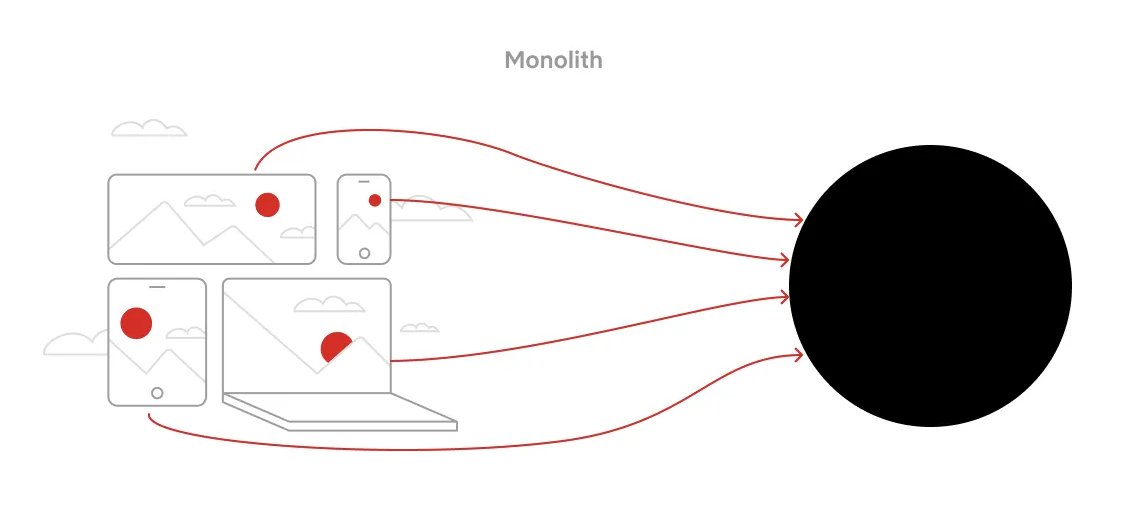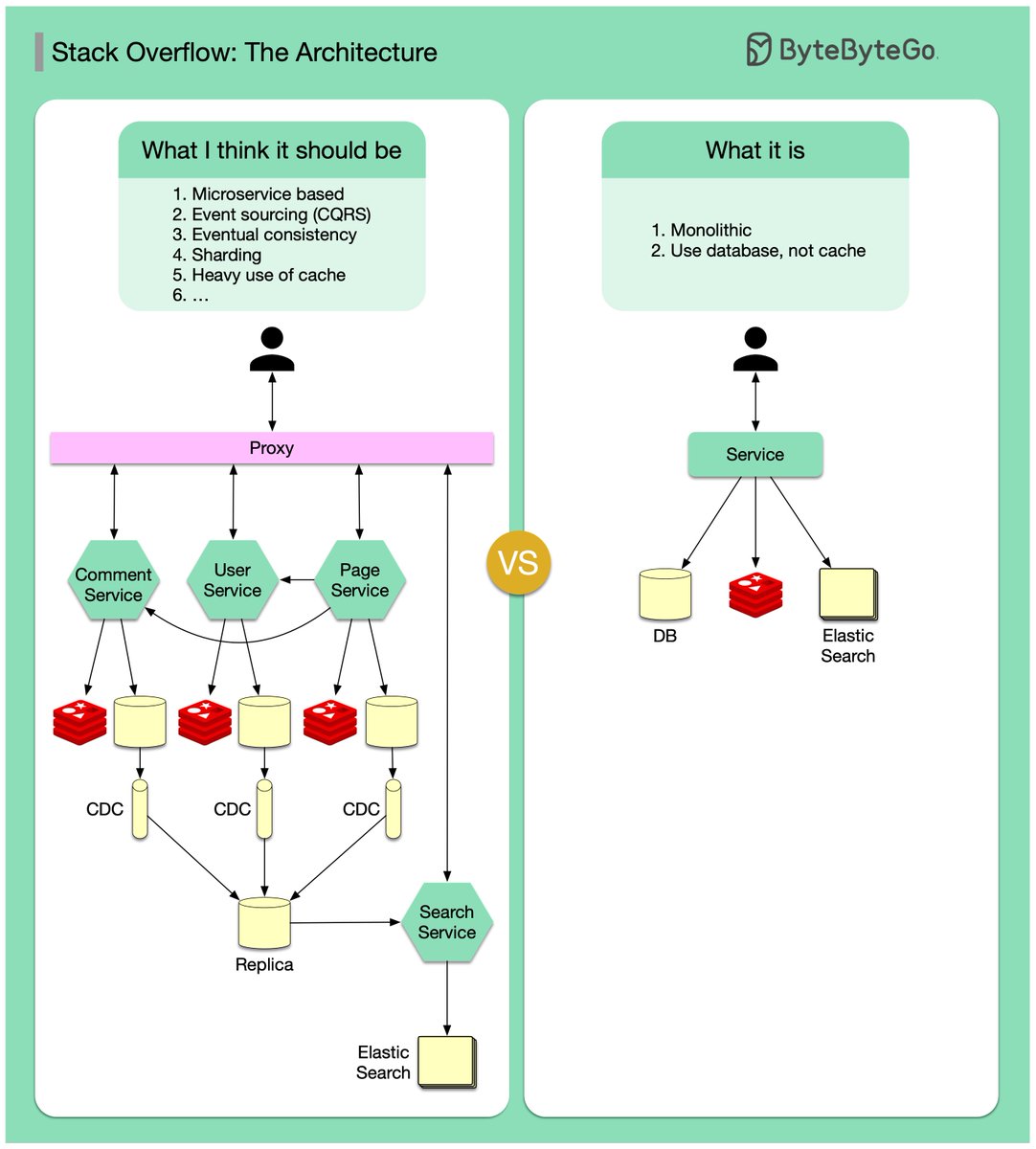How to get URL link on X (Twitter) App

 2. WWW-Authenticate
2. WWW-Authenticate
 2. TraceDB's sorting algorithm is designed to sort tracing spans by trace ID and flush them to disk in an LSM tree during compaction. But the team at Segment noticed it was too sluggish when handling incoming queries.
2. TraceDB's sorting algorithm is designed to sort tracing spans by trace ID and flush them to disk in an LSM tree during compaction. But the team at Segment noticed it was too sluggish when handling incoming queries.
https://twitter.com/simonw/status/1635344568928604160

 A forward proxy, or just proxy, is a server that shields user devices from the internet.
A forward proxy, or just proxy, is a server that shields user devices from the internet.
 1. Monolith
1. Monolith

 2. Why would anyone DDoS a poker game you might ask?
2. Why would anyone DDoS a poker game you might ask?
 It's on-prem, with only nine IIS web servers.
It's on-prem, with only nine IIS web servers.https://twitter.com/sahnlam/status/1514306963676401664
